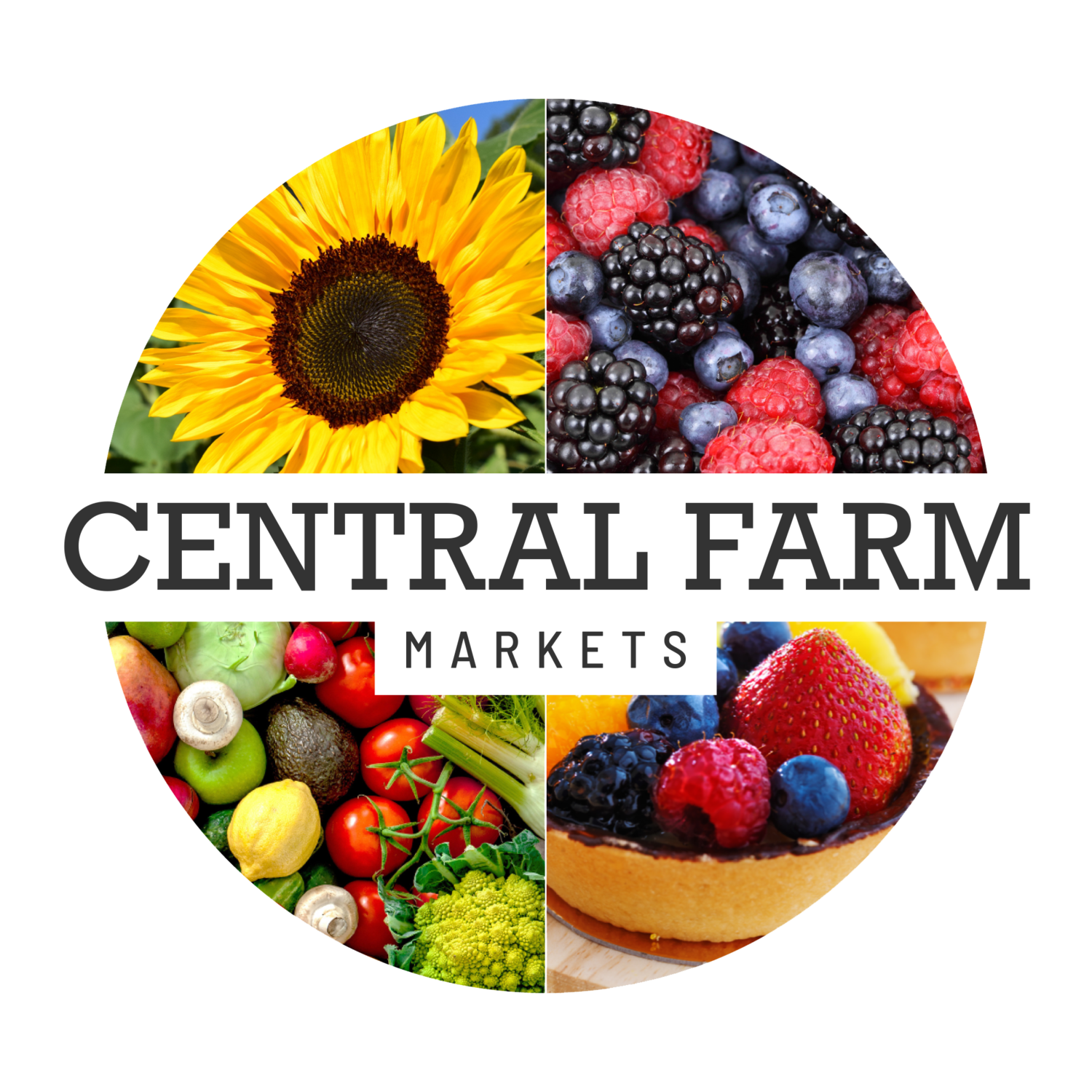Baby Bumps
This weekend is Mother’s Day and judging from the number of swollen bellies that emerged after being hidden by winter clothing, it’s going to be a grand one. The due dates are clustering in June, July, and August leaving me pondering if last winter really was that cold.
As a farmer, I’m always thinking in terms of gestation times. It’s not one baby for me, but hundreds. I’ve learned each farmer has their own reasons for planning pregnancies. Some shoot for winter to alleviate issues with flies and parasites, while others want theirs arriving on green grass later in the spring. Others opt for the warmth of summer and early fall. With the introduction of AI—artificial insemination, not artificial intelligence—seasonal breeding has all but disappeared in large scale domesticated livestock so we can have a year-round food supply on demand.
The whole pregnancy thing had eluded me as a human and I lived vicariously through my livestock taking for granted the miracle of human life until at market one of my regular customers handed me her week-old daughter and said, “You helped to grow this.” I had.
Mind blown.
In that moment, my entire perspective on humans shifted. We, after all, are mammals.
Good nutrition for mothers is absolutely critical for conception and healthy offspring, only my prenatal vitamins and minerals come in 50-pound bags. For example, here in the northeast our soils are selenium deficient so the livestock are given salt fortified with the mineral. Kind of like our table salt has added iodine to alleviate health problems associated with being deficient in that particular trace element. Iodine is essential for the thyroid gland to produce thyroxin hormone. In humans, this hormone regulates fat, protein, and carbohydrate metabolism. In ruminants, a lack of selenium is evident when newborns cannot stand properly and knuckle over on their front feet. A 2ml injection of selenium has them standing within 24 hours.
I prefer to prevent the problem instead of fixing one and that’s what I think each time I see the pregnant ladies shopping at the farmers market. Happy mothers one day out of the year when they get a card, flowers, and brunch with the family are nice, but smart mothers who fuel their bodies with fresh and nutritious whole foods are the real heroes in our collective.
Recently I finished the book, Eve: How the Female Body Drove 200 Million Years of Human Evolution by Cat Bohannon. As a scientist, Bohannon went into explicit details about the nutritional requirement for both mother and offspring. As she explained the physiological outcomes of good versus poor prenatal nutrition I could create a parallel with over forty years of raising livestock. And if you really want to fall down the rabbit hole of prenatal pollution, there’s always Sandra Steingraber’s Living Downstream that delves into endocrine disruptors in our environment such as toxic chemicals and plastics which are resulting in decreased fertility for our species. Mothers are getting hip to this research and opting for simple measures that support reproductive health such as stainless steel drink containers instead of single-use plastic bottles.
Another observation I’ve made over the years at market is the cultural aspect of traditional post-partum foods given our patrons’ diverse demographics. Ever heard of miyeok-guk? Neither had I until one of my Korean customers became a grandmother and wanted to make the traditional seaweed soup for her daughter just as her mother had done for her after giving birth. There is much wisdom in these time honored food traditions.
Making babies, be it two legged or four legged, takes a lot of energy. It takes calories, micronutrients, fats, and proteins. A dairy farmer can bump up milk production and the fat content from their cows by manipulating the animals’ diet, and the same holds absolutely true for human mothers. As it is, human mothers need an extra 500 calories each day for a nursing infant.
Similarly, the ongoing health and growth of a mother’s offspring are connected to how well the children are fed. I love watching children grow up at the farmers market. They learn about fresh foods, looking forward to the firsts of each season. Toddlers are no dummies, learning quickly which vendors have the foods they enjoy. They know exactly where the strawberry stands are. Try passing one while pushing a stroller. My favorite mothers are the ones who ask their children, albeit, the older ones who can articulate their choices, as to what foods they would like to eat in the coming week.
This week children will accompany their mothers and mothers will bring along their children. They’ll pick out foods and flowers, strolling along indulging in the love of feeding each other.

